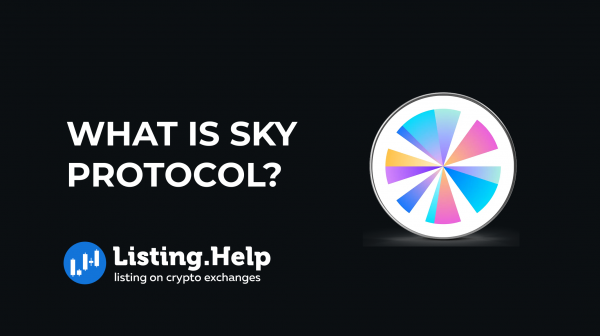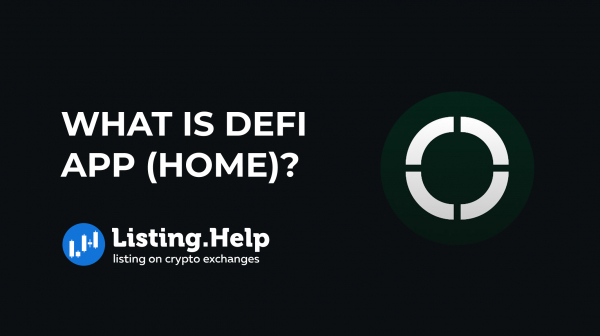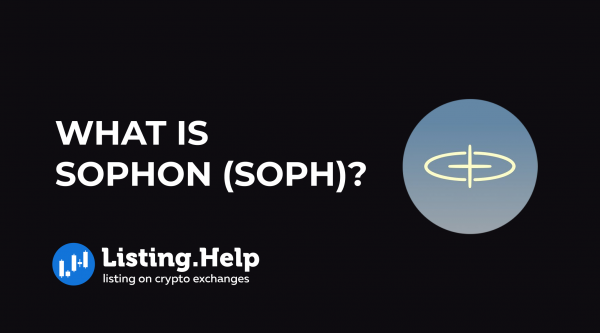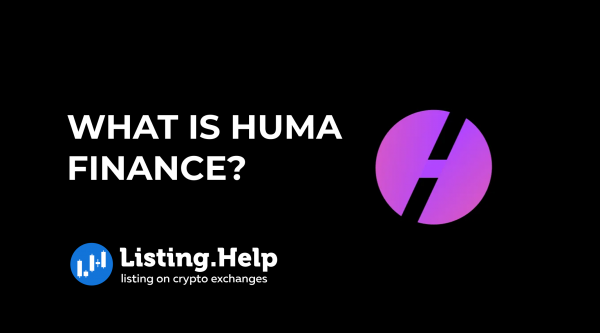What Are Ordinals? Bitcoin NFTs Explained
 March 19, 2024
March 19, 2024 Updated: January 27 2025, 07:18
Updated: January 27 2025, 07:18
LEAVE A REQUEST
Launching your own token project? Our experts are ready to help with listing on exchanges, market making, marketing and other solutions
SUBMIT APPLICATIONOn January 20, 2023, developer Casey Rodarmor unveiled a new method for producing NFTs on the Bitcoin mainnet, known as ordinal NFTs. This approach offers a fresh angle on Bitcoin’s NFT landscape, which previously included platforms like Counterparty and Stacks that allowed for the creation of similar assets. However, ordinal NFTs distinguish themselves with a unique structural design from their counterparts.
Since their introduction, this innovative category has seen over 200,000 items created, captivating a diverse group of participants, including users, developers, and aficionados, all intrigued by the prospects of these Bitcoin-native assets. This raises important questions: What are the defining characteristics of ordinal NFTs, how do they operate, and what sets them apart from earlier versions?
What Are Bitcoin Ordinals?
Ordinals offer a new method for generating Bitcoin NFTs by linking diverse data types, like visuals and multimedia, to single satoshis on Bitcoin’s primary blockchain. This approach distinguishes itself from earlier methods by integrating directly with Bitcoin, not relying on additional layers. Through a process known as ordinal theory, every satoshi receives a distinct identifier, making these NFTs intrinsic to the Bitcoin ecosystem. They function in harmony with the existing protocol, eliminating the need for extra layers and ensuring compatibility across the network.
The concept of ordinal NFTs has its roots in ordinal theory, but their practical application was enabled by key updates to the Bitcoin network, specifically Segregated Witness (SegWit) and Taproot, in 2017 and 2021, respectively. Although these updates were not designed with NFTs in mind, they increased the blockchain’s capacity to store varied data, paving the way for the creation of ordinal NFTs. This allowed for a new kind of content to be embedded directly onto individual satoshis, enriching the network’s functionality.
How Do Bitcoin NFTs Work?
The Ordinals protocol introduces a method to assign serial numbers to satoshis, enabling the tracking of each one through transactions. This system allows for the personalization of individual satoshis by affixing additional data, a process termed “inscription.”
A satoshi, named after the enigmatic creator of Bitcoin, Satoshi Nakamoto, represents the smallest unit of bitcoin (BTC), with one BTC divisible into 100 million satoshis. This division places the value of a single satoshi at 0.00000001 BTC.
The system assigns numbers to satoshis based on the sequence of their mining and movement. This numbering is dependent on the mining order, while the tracking during transactions follows the sequence of inputs and outputs, hence the term “ordinals.” For instance, the very first satoshi mined is assigned ordinal number 0, the next one gets 1, and so forth. In ordinal theory, these numbers serve as consistent markers for the data linked to each satoshi.
While there are similarities between traditional NFTs and ordinals, notable distinctions exist. Typically, NFTs are created on platforms like Ethereum, Solana, and BNB Chain using smart contracts, and often, the assets they represent are stored off-chain.
In contrast, ordinal inscriptions are embedded directly onto the satoshis on the Bitcoin blockchain, without the need for sidechains or additional tokens. Thus, ordinals embody Bitcoin’s inherent attributes of simplicity, permanence, security, and robustness.
Ordinal Theory
Within Bitcoin’s framework, Ordinal Theory introduces a system for assigning a unique serial number to each satoshi, enabling their tracking from the moment they’re created to their various transactional exchanges. This concept has paved the way for something called ordinal inscriptions: digital markings on a satoshi within the Bitcoin network, akin to how NFTs function but with a distinct methodology. This became feasible with the Taproot update on November 14, 2021, allowing these inscriptions to exist without needing a separate blockchain or token.
Ordinal Theory’s capability to monitor and exchange specific satoshis has led to a new form of digital collecting. Based on Bitcoin’s finite number of units, a hierarchy system classifies the scarcity of satoshis:
– Common: any satoshi not being the initial one in its block, making up a vast majority with 2.1 quadrillion in existence.
– Uncommon: the very first satoshi in a block, with a total of 6,929,999.
– Rare: the initial satoshi of every difficulty adjustment period, totaling 3437.
– Epic: the first satoshi minted post each halving event, with only 32 existing.
– Legendary: the inaugural satoshi for each Bitcoin cycle, an ultra-rare category with just 5.
– Mythic: the singular, most coveted satoshi from the genesis block.
A “cycle” is defined by the conjunctions, rare events when a halving aligns with a difficulty adjustment, projected to occur every six halvings. The anticipation is building for the first such conjunction, expected in 2032.
Segregated Witness (SegWit)
Segregated Witness, or SegWit, was a pivotal 2017 update that led to a soft fork on the Bitcoin blockchain. This modification split a Bitcoin transaction into two components, introducing a section for “witness data” that accommodated a variety of data. This change allowed for the division of transaction details and witness (signature) data into separate segments, with the new section capable of storing diverse information.
The introduction of witness data aimed to:
– Overcome the strict blocksize cap
– Enable the transfer of optional, varied information
– Address and reduce unintentional transaction malleability
With the adoption of SegWit, transactions were no longer required to carry witness data, typically the sender’s digital signature. A new, designated area for this data at the block’s end was introduced. This area facilitated the inclusion of different data types and featured a reduced “block weight,” allowing for more data within Bitcoin’s blocksize limit without necessitating a hard fork.
This adjustment was vital for the emergence of ordinal NFTs by increasing the amount of arbitrary data that could be incorporated into a transaction.
Taproot
The Taproot upgrade, executed in November 2021, aimed to enhance Bitcoin’s privacy, scalability, and security. This improvement made it easier to store a broad range of witness data and loosened the restrictions on the amount of arbitrary data in a transaction. While the primary aim was to advance Bitcoin-based smart contracts, like those involving time-locked agreements often detailed in witness data, it also played a crucial role in the advent of ordinal NFTs.
This enhancement was instrumental in the inception of ordinal NFTs, which incorporate NFT data into Taproot script-path spend scripts. It streamlined the organization and inclusion of a wide array of witness data, establishing the groundwork for the “ord” standard. Additionally, the updated data handling capability meant that a transaction could now fill a block with its data, reaching the 4MB limit, and significantly broadening the types of media that could be integrated on-chain.
Conclusion
The advent of ordinal NFTs has sparked a lively discussion among Bitcoin enthusiasts about the currency’s true purpose and guiding principles.
Some members of the community believe that Bitcoin’s main role should be to enable secure financial exchanges. They are concerned that the trend-driven popularity of ordinal inscriptions is needlessly using up valuable space in Bitcoin’s blocks and inflating transaction costs. Conversely, a different segment of the community is enthusiastic about the cultural and memetic significance that ordinal NFTs add to the Bitcoin blockchain, embracing the expansion of Bitcoin’s secure, decentralized record-keeping beyond just financial dealings.
Given that ordinal technology is compatible with the current Bitcoin software, any action to eliminate the feature of creating ordinal inscriptions would necessitate modifications to the Bitcoin protocol. Therefore, whether ordinals remain a feature of the Bitcoin landscape will depend on the collective decision of the Bitcoin community.

For deeper insights into blockchain technology, check out our Listing.Help Blog.







 June 28, 2025
June 28, 2025 








